Best Solar Power Banks: Top Picks for Every Adventure
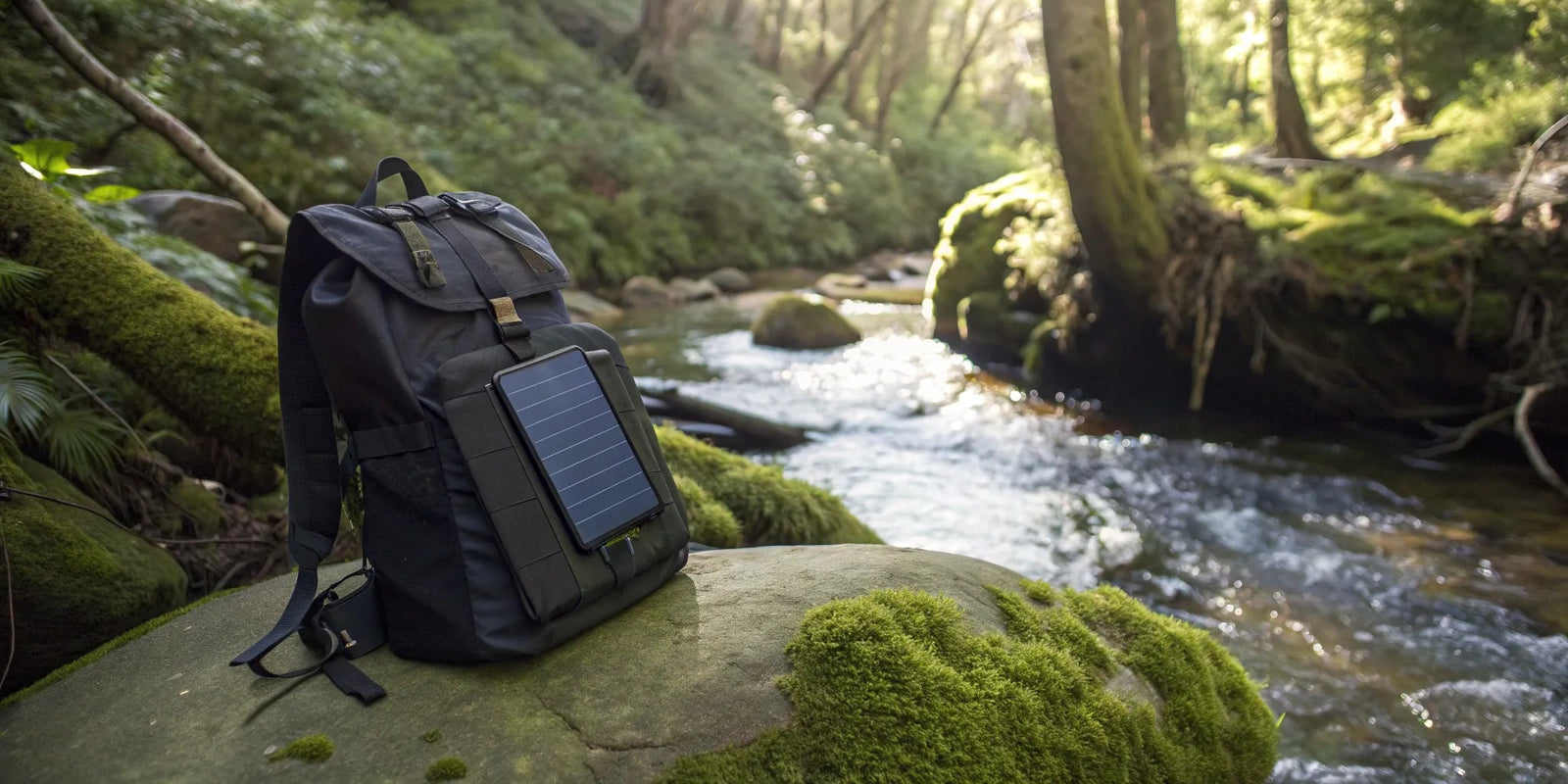
There’s a unique kind of freedom that comes with being completely off the grid, but that freedom often ends the moment your phone or GPS battery dies. Suddenly, you’re cut off. While standard portable chargers offer a temporary fix, they have a finite lifespan. This is where a power bank with solar charging changes the game entirely, giving you a way to generate your own power from the sun. It’s the key to staying connected and safe on your own terms. This guide will walk you through everything you need to know, from how this technology actually works to choosing a durable, reliable model that fits your adventures.

Portable Solar Power Bank 26800mAh - 99Wh Fast Charger
Lithium Polymer (Li-Po) battery. PD fast charging. Holds up to 8 days of reliable power on a single charge. Boasts a charging speed 50% faster than ordinary portable chargers.
Shop NowKey Takeaways
- Start Fully Charged: Always use a wall outlet to charge your power bank to 100% before heading out. Treat the solar feature as a way to top off your battery on the go, not as the primary charging method.
- Match the Charger to Your Lifestyle: Identify the devices you need to power and the environments you'll be in. This will guide you to the right battery capacity, durability, and size for your specific adventures.
- Invest in Quality Features: Look past the price and focus on what delivers reliable performance. Prioritize efficient solar panels, fast-charging ports like USB-C, and a rugged, weather-resistant build for a charger that won't let you down.
What Is a Solar Power Bank?
A solar power bank is exactly what it sounds like: a portable battery with built-in solar panels. Think of it as your personal, pocket-sized power source that soaks up sunlight and converts it into electricity. Once it’s charged, you can use it to power up your phone, tablet, GPS, or any other essential electronic device. It’s the perfect companion for camping trips, long hikes, or any situation where you might find yourself far from a traditional wall outlet.
How Do They Actually Work?
Solar power banks have two main ways to charge up. The first, and most obvious, is by using the sun. Just lay the power bank in direct sunlight, and the solar panels get to work. The more sun it gets, the faster it charges. This method is a lifesaver when you're off the grid. The second way is by plugging it into a wall outlet, just like a regular power bank. Most models come with a USB-C port, so you can use a fast wall charger to get it to 100% capacity before you even head out the door.
What's Inside? The Key Components
When you look at a solar power bank, you’ll see a few key parts working together. First are the solar panels, which capture sunlight. Inside, there’s a rechargeable battery that stores all that energy for later. Finally, you have the output ports—usually a mix of USB-A and USB-C—where you plug in your devices. The performance of your power bank really comes down to two things: the efficiency of its solar panels and the capacity of its battery. A high-quality unit will charge itself more effectively and hold more power to keep your gear running longer.
Busting Common Solar Charger Myths
Let’s clear up a common point of confusion. Not all solar chargers are created equal, and some don't even store power. You might see products that are just foldable solar panels; these are designed to charge your devices directly while in the sun but have no internal battery. To save that power for later, you’d need to connect them to a separate power bank. A true solar power bank is an all-in-one solution with the battery built right in, giving you the freedom to charge your devices day or night.
The Real Perks of Solar Charging
So, why choose a solar power bank? First, it’s a more sustainable option that uses clean, renewable energy from the sun. It also gives you complete independence from the power grid. Whether you’re exploring a remote trail or dealing with a power outage at home, you have a reliable way to keep your phone and other essentials charged. This makes them an incredible tool for emergency preparedness, ensuring you can always stay connected when it matters most. Having a solid portable power source gives you peace of mind, no matter where you are.
The Best Solar Power Banks for Every Adventure
Finding the right solar power bank comes down to how you plan to use it. The perfect device for a weekend camper isn't the same one a daily commuter or emergency prepper needs. To make it easier, I’ve broken down my top picks for different lifestyles so you can find your perfect match.
For the Tech-Savvy Pro: KEUTEK Solar Series
When your work depends on staying connected, you need performance you can count on. The KEUTEK Solar Series is engineered for efficiency, delivering maximum power to keep your devices running at full speed. It’s the perfect companion to our ecosystem of high-speed charging gear, including our Fast Portable Power solutions. This is the power bank for professionals who demand reliability and a seamless workflow.
For the Outdoor Adventurer: Goal Zero Sherpa 100PD
If you’re heading off-grid, the Goal Zero Sherpa 100PD is a fantastic choice. It has enough capacity to charge a phone multiple times or even a laptop. Its standout feature is compatibility with Goal Zero's portable solar panels, letting you create a full solar power bank kit to recharge while you’re miles from an outlet. It’s a reliable way to keep your essential gear running.
For the Emergency Prepper: BLAVOR Solar Charger
For those who believe in being prepared, the BLAVOR Solar Charger is a must-have for your emergency kit. It’s a dependable 10,000mAh power bank with a built-in solar panel for when you have no other option. It also includes a flashlight and compass, making this BLAVOR charger a practical multi-tool for unexpected situations when you need power most.
For the Budget-Conscious User: Hiluckey HIS025
You don't need to spend a lot for the convenience of solar charging. The Hiluckey HIS025 is an excellent entry-level option for casual users. It’s small enough for your pocket and has four small solar panels that fold out to capture more sunlight than single-panel models. It’s one of the best solar chargers if you want an affordable, all-in-one device.
For Extreme Conditions: Xtorm Rugged
When your adventures get rough, you need gear that can handle it. The Xtorm Rugged is built to be drop-proof, dustproof, and water-resistant with an IP65 rating. Its high-efficiency solar panels are also better at converting sunlight into energy, giving you a more effective charge in less-than-ideal conditions. It’s the ultimate solar power bank for anyone who needs a tough, reliable power source.
Features That Actually Matter
When you're comparing solar power banks, the spec sheets can feel a little overwhelming. But once you cut through the noise, there are a handful of features that truly determine how well a charger will perform for you. Focusing on these key areas will help you find a reliable power source that fits your lifestyle, whether you're prepping for an emergency or just heading outdoors for the weekend.
Battery Capacity and Power Output
Battery capacity, measured in milliampere-hours (mAh), tells you how much juice the power bank holds. A higher mAh means more charging power. For example, a 10,000mAh bank can typically charge a standard smartphone two to three times. If you need to power larger devices like tablets or laptops, or if you'll be off-grid for several days, look for higher-capacity models. KEUTEK’s fast portable power solutions are designed for those who need serious, reliable energy on the go. Also, check the power output (measured in watts), as this determines how quickly it can charge your devices.
Solar Panel Efficiency
Not all solar panels are created equal. Efficiency refers to how effectively the panels convert sunlight into stored electricity. A more efficient panel will charge your power bank faster under the same lighting conditions. This is a huge deal when you’re relying on the sun as your only power source. While direct sunlight is always best, newer panels have a much better conversion rate, giving you more power even on partly cloudy days. The more sun the panels get, the faster the battery charges, making it perfect for when you're away from a wall outlet.
Charging Speed and Available Ports
A solar power bank is only useful if it can charge your gear quickly. Look for models with modern ports, especially USB-C, which supports faster charging for both the power bank itself and your devices. Most solar chargers can also be plugged into a wall outlet for a quick top-up before you head out. Pairing your power bank with one of the latest fast wall chargers ensures it’s at 100% when you need it most. Having multiple ports is also a plus, allowing you to charge several devices at once, though this might slow down the speed for each one.
Built to Last: Understanding Durability
If you’re taking your power bank on adventures, it needs to be tough. Durability isn't just a buzzword; it's about practical features that protect your investment. Look for a rugged exterior that can handle drops and bumps. Many outdoor-focused models also have an IP rating, which indicates their resistance to dust and water. An IP65 rating, for instance, means the device is dust-tight and can withstand water jets, so you don't have to worry about a sudden downpour or a dusty trail ruining your charger.
Finding the Right Size and Weight
There’s often a trade-off between power and portability. A high-capacity power bank with large solar panels will be heavier and bulkier. If you’re a backpacker or a frequent traveler, every ounce matters. You’ll want to find a lightweight charger that provides enough power for your essential devices without weighing you down. For home emergency kits or car camping, a larger, more powerful unit might be the better choice. Think about how you’ll be carrying and using it to find the right balance.
Extra Features to Look For
Sometimes, it’s the little things that make a big difference. Many solar power banks come with useful extras like a built-in LED flashlight, which is incredibly handy for finding things in your tent or during a power outage. Another common feature is an integrated carabiner clip, allowing you to easily attach the charger to your backpack so it can soak up sun while you’re on the move. These thoughtful additions can make a good power bank a great one, adding convenience and utility when you need it most.
Getting the Most From Your Solar Charger
A solar power bank is a fantastic piece of gear, but it works a little differently than the chargers you’re used to. Understanding its strengths and limitations is key to making sure you have power when you need it most. Think of it less like a wall outlet and more like a reliable backup plan. With a few practical tips, you can manage your expectations and get consistent, reliable performance from your charger, whether you're on a remote trail or weathering a storm at home. Let's walk through how to use your solar charger effectively so it never lets you down.
When to Use Your Solar Charger
The best time to rely on your solar charger is exactly when you’d expect: when you’re far from a traditional power source. It’s the perfect companion for multi-day camping trips, long hikes, or any off-grid adventure where you need to keep your phone, GPS, or headlamp running. It’s also an essential part of any emergency preparedness kit. If a power outage hits your neighborhood, you’ll still have a way to keep your devices charged and stay connected. The key is to see it as your go-to for topping off your gear when wall outlets are out of reach, ensuring you have power for communication and navigation.
Solar vs. Wall Charging: What to Expect
Your solar power bank has two ways to fill up: with sunlight or from a wall outlet. It’s crucial to understand the difference in speed. Plugging it into the wall with a fast wall charger is always the quickest and most efficient method. Before any trip or stashing it in your emergency kit, you should always charge it to 100% this way. Think of the solar panel as a way to trickle-charge and top off the battery when you’re in the field. It’s designed to keep you going, not for a rapid fill-up from zero. Starting your adventure with a full battery is the most important first step.
How Weather Affects Performance
Your solar charger’s performance is directly tied to the weather. It loves bright, direct sunlight. The sun is significantly more powerful in the summer, so you’ll see much faster charging speeds on a clear July day than in the middle of winter. Even a little cloud cover can make a big difference. Thick clouds can block a surprising amount of sunlight, which will dramatically slow down the charging process. To get the best results, always place your charger in direct sun, angled toward it as much as possible. If it’s an overcast day, it will still charge, but you’ll need to be patient.
Real-World Charging Speeds
It’s time for some real talk about charging speeds. Even the most efficient solar chargers typically only generate about 30-50% of their advertised wattage in real-world conditions. This isn’t a defect; it’s just the nature of converting sunlight into power. For example, charging a standard 10,000 mAh power bank from empty using only solar power can take anywhere from 12 to 20 hours of optimal sunlight. This is why we stress the importance of pre-charging from a wall outlet. The solar panels are there to replenish the power you use each day, not to fill the entire bank from scratch in a few hours.
Juggling Multiple Devices
Many solar power banks, including KEUTEK’s fast-charging portable power solutions, come with multiple ports so you can charge several devices at once. This is incredibly convenient, but it’s important to know that it splits the power output. When you plug in your phone and your tablet simultaneously, each device will charge more slowly than it would on its own. If you’re in a hurry and need to get one device powered up quickly—like your phone for an emergency call—it’s best to charge it by itself. If you have more time, feel free to charge everything at once overnight.
How to Choose the Right Solar Power Bank for You
With so many options out there, picking the right solar power bank can feel like a big task. But it really comes down to you: your lifestyle, your gear, and your adventures. A good solar charger is your ticket to staying powered up when you're far from a wall outlet, but the "best" one is the one that fits seamlessly into your life. Think of it less as buying a gadget and more as choosing a reliable travel companion. By walking through a few key questions about how you'll actually use it, you can easily narrow down the choices and find the perfect match for your needs, ensuring you have power whenever and wherever you need it.
Assess Your Real Power Needs
First, let’s get real about what you need to charge. Are you just looking to keep your phone alive for emergencies on a day hike, or are you powering a tablet, camera, and GPS watch during a week-long expedition? Make a quick list of your essential devices. This will help you determine the battery capacity you need, which is measured in milliamp-hours (mAh). A 10,000mAh bank is great for a couple of phone charges, but if you’re powering larger devices or multiple gadgets, you’ll want to look at 20,000mAh or more. Understanding your daily power consumption is the first step to choosing from the many fast portable power options available.
Consider Where You'll Use It
Your environment dictates the right design. If you’re a backpacker, every ounce matters, so a lightweight and compact charger is non-negotiable. For car camping, van life, or home emergency kits, you can afford the extra weight of a larger, more powerful unit with bigger solar panels. Think about durability, too. Will your charger be exposed to rain, dust, or accidental drops? Many models designed for outdoor adventurers feature rugged, water-resistant casings. Your primary use case—whether it's surviving a backcountry trek or just having a backup during a power outage—will guide you to the right balance of size, weight, and toughness.
Check Your Device Compatibility
Not all chargers are created equal when it comes to output. What you plan to charge is just as important as where you'll be. Small devices like phones and headphones require less power than a laptop or a high-end tablet. Check the ports on the solar power bank—does it have the USB-A and USB-C ports you need? More importantly, look at the power output (measured in watts). To take advantage of modern fast-charging technology, both your device and your power bank need to be compatible. Pairing your power bank with high-quality ProSeries USB-C cables ensures you’re getting the fastest, most efficient charge possible for your gear.
Compare All Your Charging Options
One of the best features of a solar power bank is its versatility. You can charge it in two main ways: using the sun or a standard wall outlet. Before you head out, plugging it into a fast wall charger is the quickest way to get it to 100%. The solar panels are your lifeline when you're off-grid, allowing you to slowly top up the battery during the day. It’s important to have realistic expectations—solar charging is much slower and depends heavily on clear, sunny skies. Think of the sun as your way to refuel on the go, not as a replacement for a dedicated power source.
Balance Price vs. Features
It’s tempting to just grab the cheapest option, but with solar power banks, you often get what you pay for. A higher price tag usually means a more efficient solar panel, a larger battery capacity, faster charging speeds, and more durable construction. While it might cost a bit more upfront, investing in a quality charger saves you the frustration of a device that can't hold a charge or takes forever to refuel. Think of it as an investment in reliability and peace of mind. Decide which features are must-haves for you—like fast-charging or a rugged build—and find a model that meets those needs within your budget.
Your Smart Shopping and Care Guide
Picking the right solar power bank is a great first step, but knowing how to care for it and what to look for before you buy is what turns a good purchase into a reliable adventure partner. Think of it like any other piece of essential gear—a little knowledge goes a long way in extending its life and ensuring it’s ready when you need it most. From simple charging habits to deciphering the specs on the box, understanding the details will help you invest wisely.
This guide will walk you through the essentials of owning a solar power bank. We’ll cover simple tips to keep your charger in top shape, how to maximize its battery lifespan, and the key technical specs you should never ignore. We'll also touch on why a good warranty is more than just a piece of paper and what you should realistically expect to pay for a quality device. With these insights, you’ll be able to choose a solar charger with confidence and keep it performing at its best for years to come.
Simple Care and Storage Tips
To get the best performance right out of the box, it’s a good idea to condition the battery. Before you head out, fully charge your new power bank with a wall charger for about three hours, and repeat this for the first five times you use it. This helps calibrate the battery for a long and healthy life. When you’re not using it, store your power bank in a cool, dry place, ideally with about a 50% charge. Avoid leaving it in extreme temperatures, like on a car dashboard in the summer sun, as heat can degrade the battery over time.
How to Maximize Your Battery's Lifespan
While the sun provides a convenient way to top up, the most efficient way to charge your power bank is with a dedicated wall outlet. Always use a quality charger, like one of KEUTEK’s fast wall chargers, to fill the battery quickly and safely. Think of solar as your go-to for keeping the battery topped off on the trail, not for charging it from zero. You can still get a solar charge on cloudy days or in the winter, but it will be much slower. To keep the battery healthy, try not to let it drain completely or sit empty for long periods.
Key Specs to Check Before Buying
Before you add a power bank to your cart, take a moment to check its capacity, which is usually measured in milliamp-hours (mAh) or Watt-hours (Wh). Consider what you’ll be charging. A smartphone might need around 10-12 Wh for a full charge, while a laptop could require 50 Wh or more. Look at the devices you own and choose a power bank with enough capacity to meet your needs. Reputable brands clearly list their portable power specs, so you can easily match the right charger to your gear without any guesswork.
Why the Warranty Matters
A warranty is more than just a safety net; it’s a sign of the manufacturer’s confidence in their product. For a piece of gear that’s going to be exposed to the elements, a solid warranty provides valuable peace of mind. Look for brands that stand behind their products with a warranty of at least one year. Before buying, quickly check what the warranty covers. Most will protect you against manufacturing defects, which is exactly what you want for a device you’re counting on in the backcountry or during a power outage. A strong warranty shows the company is committed to quality and customer satisfaction.
What to Expect on the Price Tag
It can be tempting to grab the cheapest solar power bank you can find, but this is one area where you often get what you pay for. A higher price tag usually reflects better-quality components, such as more efficient solar panels, a more durable build, and a longer-lasting battery. Think of it as an investment in reliability. While a quality solar charger might cost more upfront, it can save you money over time by reducing your reliance on grid electricity and, more importantly, by not failing when you need it most.
Related Articles
- Solar Power Banks: Ultimate Guide (2024)
- Solar Power Bank Guide: How to Choose & Use
- Best Solar Power Banks of 2025: Top Picks & Reviews
- Best Solar Power Bank Phone Chargers for 2024

Portable Solar Power Bank 26800mAh - 99Wh Fast Charger
Lithium Polymer (Li-Po) battery. PD fast charging. Holds up to 8 days of reliable power on a single charge. Boasts a charging speed 50% faster than ordinary portable chargers.
Shop NowFrequently Asked Questions
How long will it actually take to charge my power bank using only the sun? You should think of the solar panel as a way to top off your battery, not fill it from empty. Charging a standard 10,000mAh power bank from zero using only its built-in panel can take over 12 to 20 hours of direct, peak sunlight. That’s why it’s so important to fully charge your power bank from a wall outlet before you head out on any trip. The sun is there to replenish the power you use along the way.
Can I leave my solar power bank out in the rain? It really depends on the model's IP rating. An IP rating tells you how resistant a device is to dust and water. A charger with an IP65 rating, for example, can handle a splash or a light rain shower without any issues. However, most are not fully waterproof, so you should avoid submerging them or leaving them out in a heavy downpour. Always check the manufacturer's specifications to be sure.
Is it better to charge my phone from the power bank's battery or directly from the solar panel? For the fastest and most stable charge, always power your devices from the power bank's internal battery. The battery is designed to deliver a consistent, regulated flow of energy. The solar panel's job is to recharge that internal battery. While some chargers let you power a device directly from the panel, the charging speed will fluctuate with the intensity of the sunlight, making it much less efficient.
Will a solar power bank be able to charge my laptop? Most standard solar power banks are designed for smaller devices like phones and tablets. To charge a laptop, you need a power bank with both a high battery capacity (typically 20,000mAh or more) and a high-power output port, like a USB-C PD port that can deliver at least 45-60 watts. Always check the power requirements of your laptop and compare them to the specs of the power bank before you buy.
Do I need to do anything special to take care of the battery? A few simple habits will keep your power bank's battery healthy for years. Try to avoid letting it drain completely or storing it empty for long periods. When you put it away, aim to leave it with about a 50% charge. Also, keep it out of extreme temperatures, especially high heat, as that can degrade the battery's lifespan over time. Storing it in a cool, dry place is always your best bet.


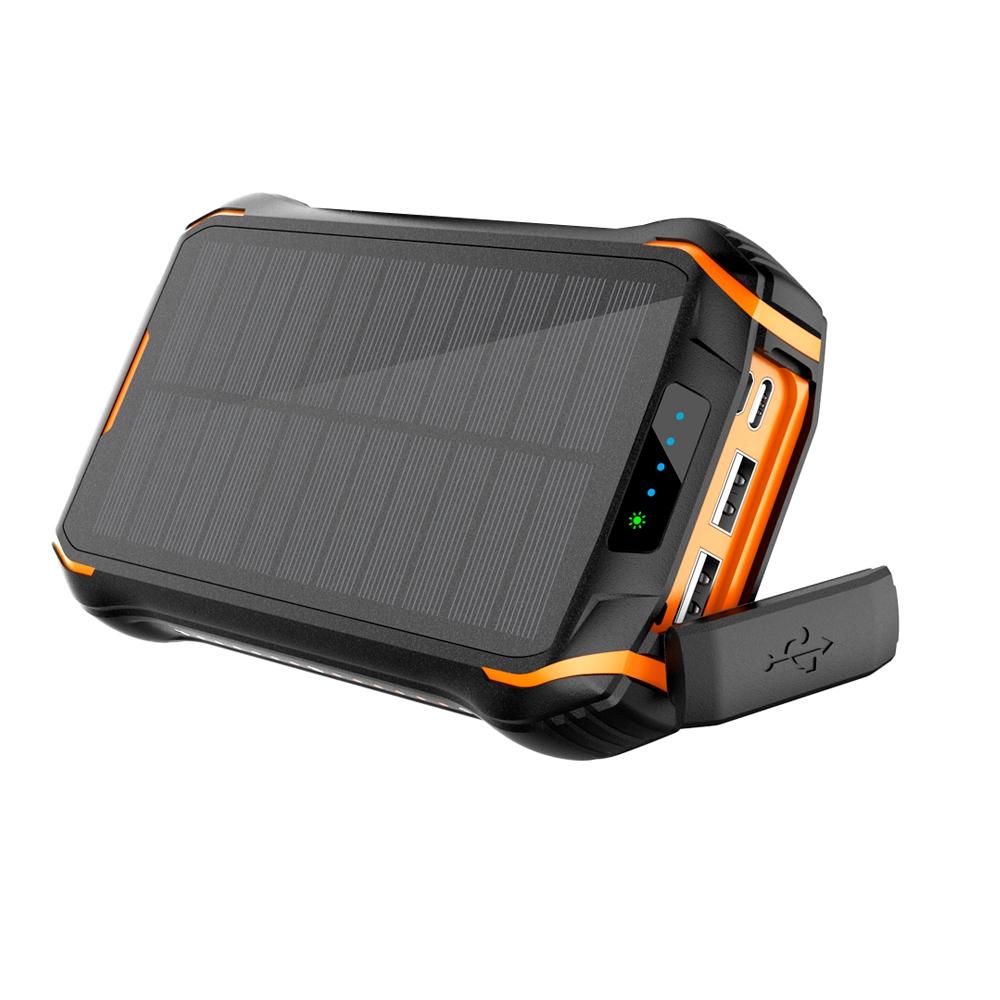
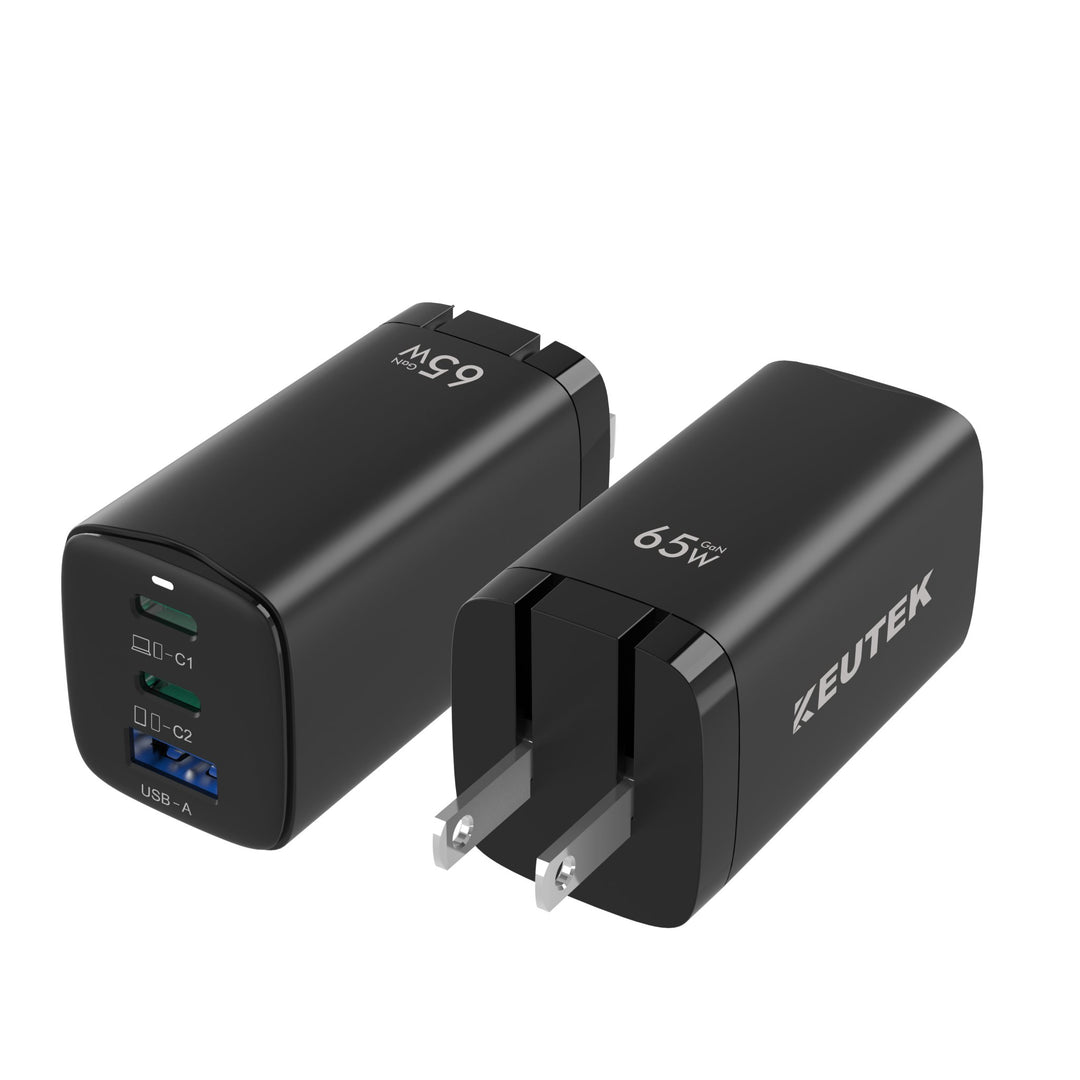
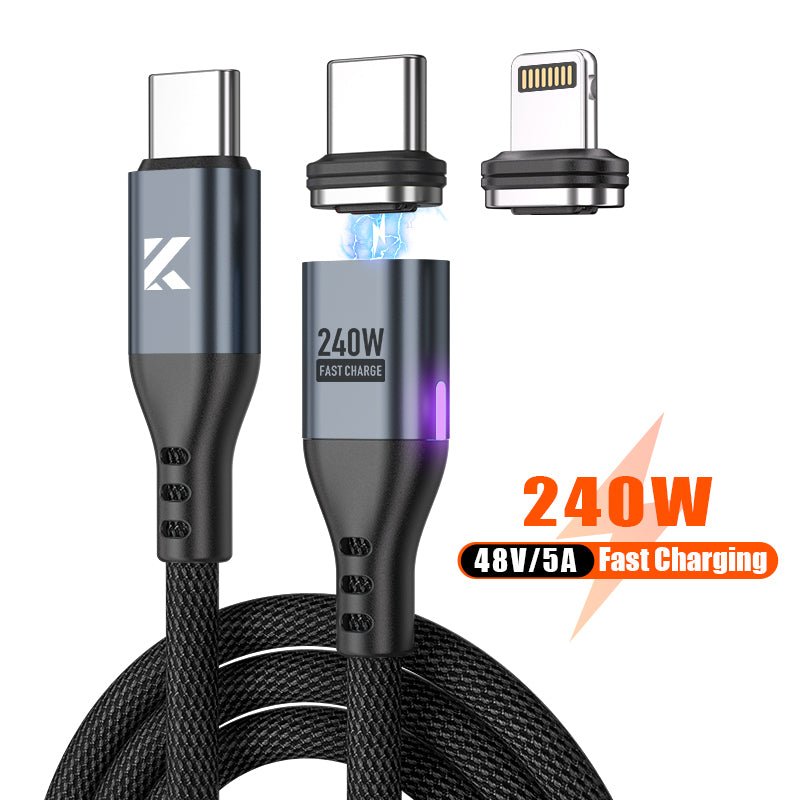
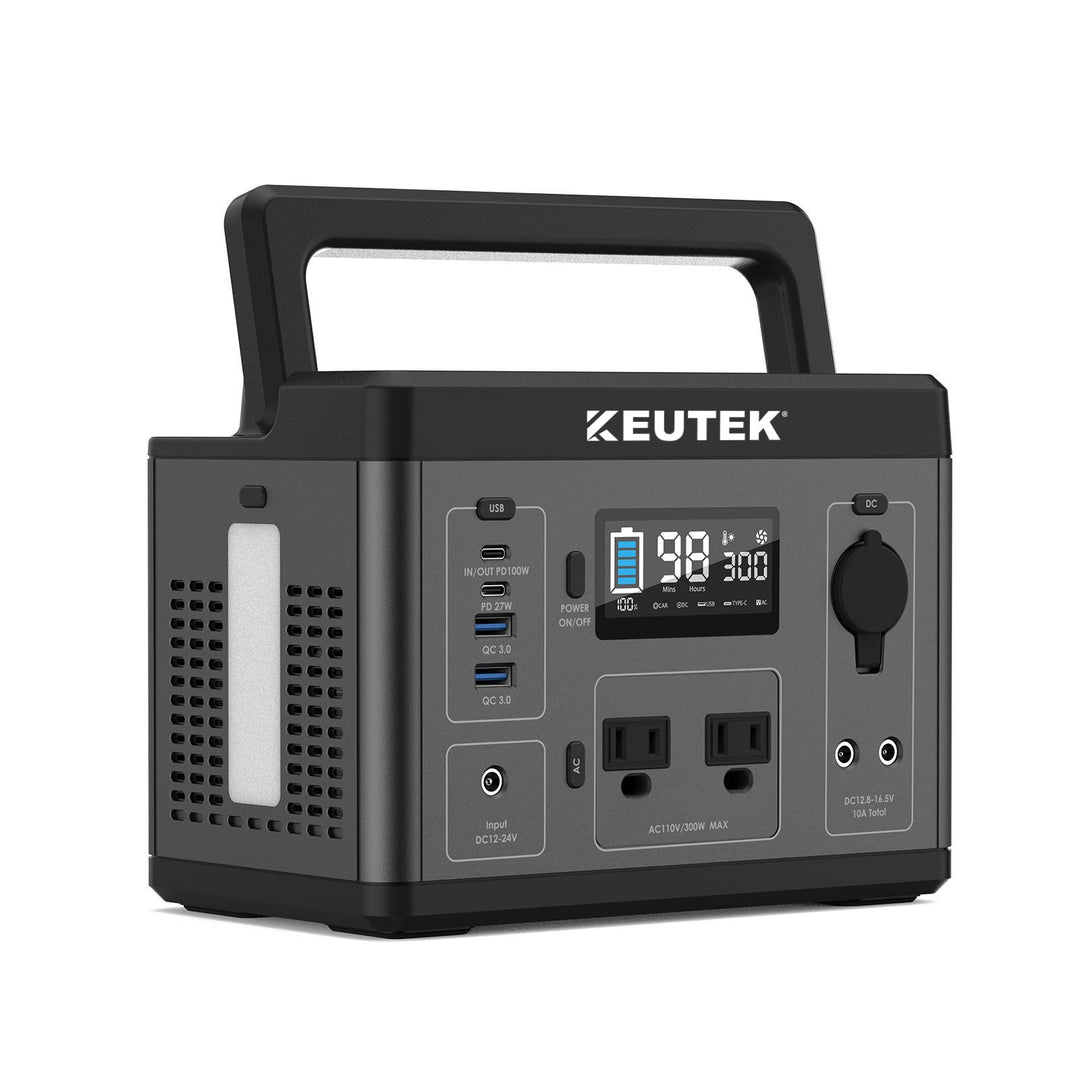
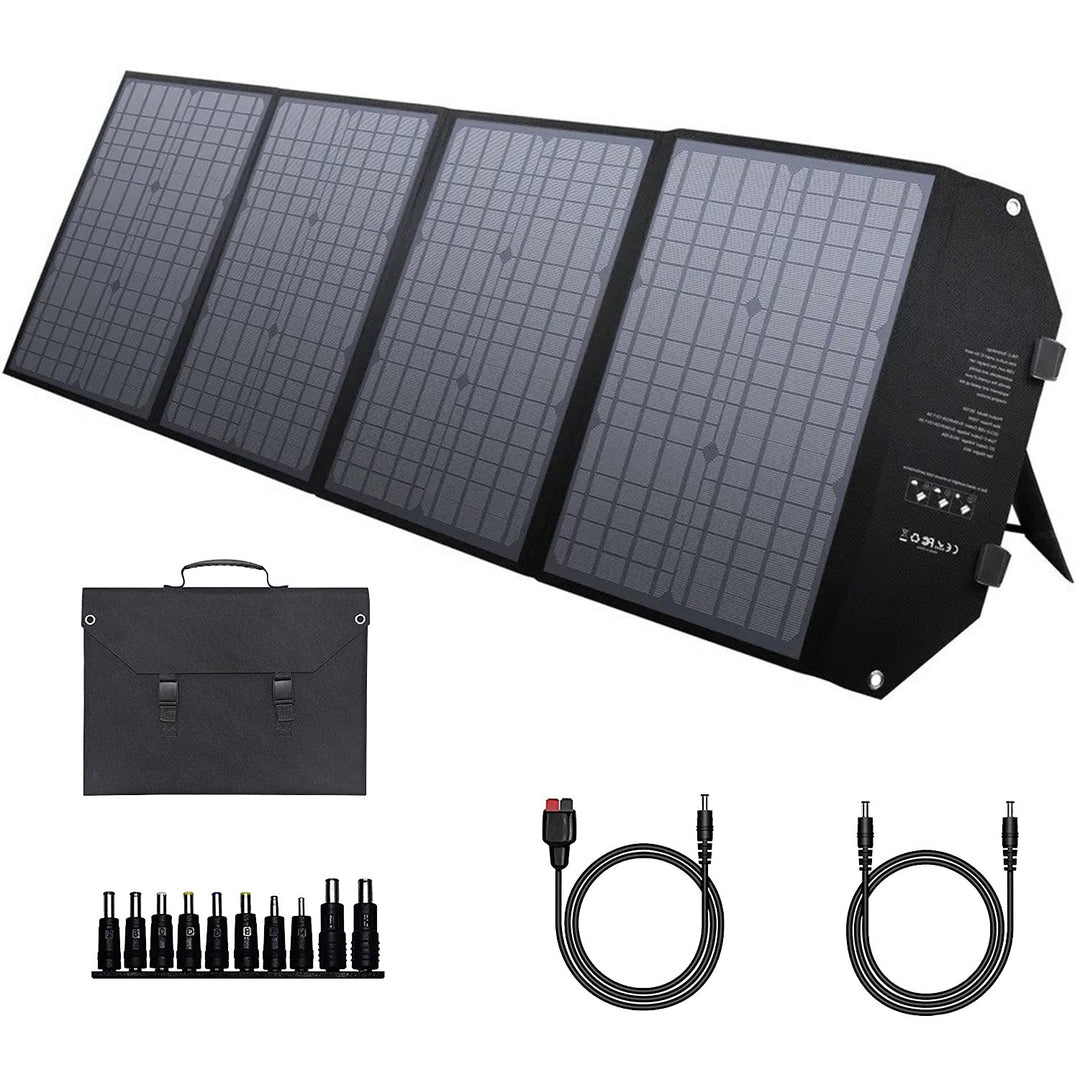
Leave a comment